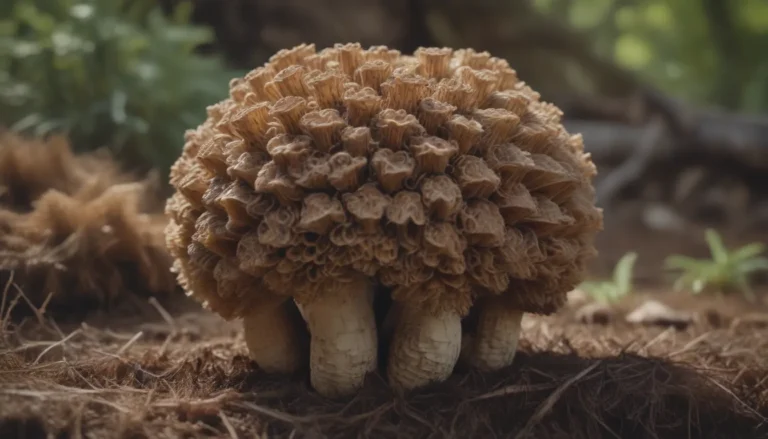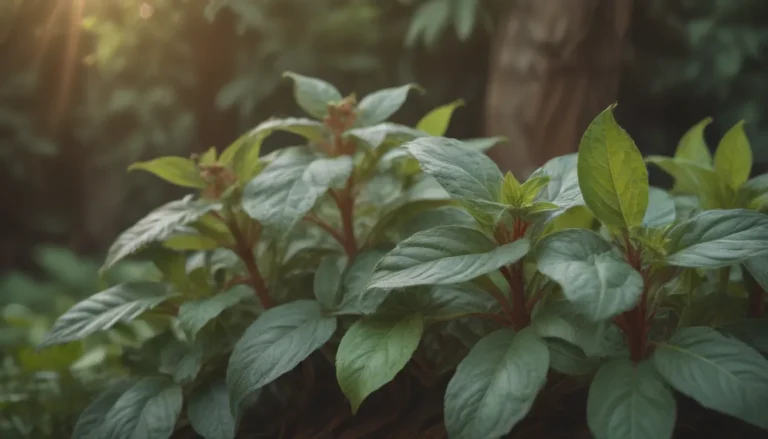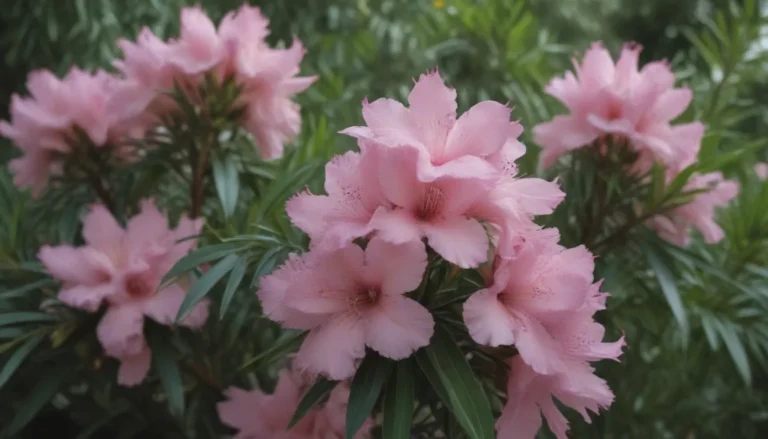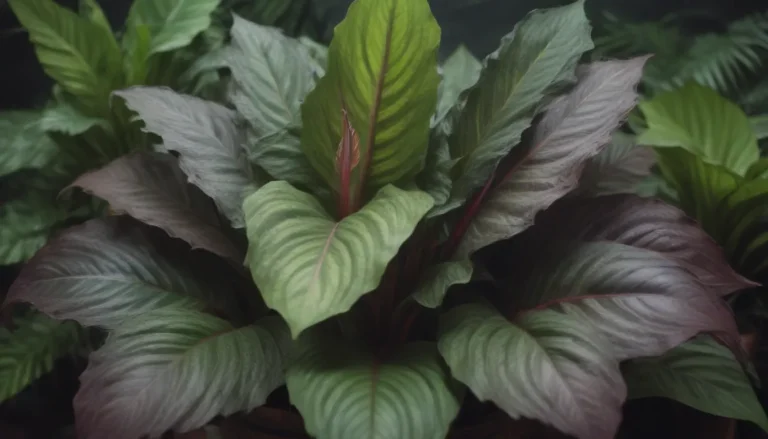The Complete Guide to Growing and Caring for Catalpa Trees
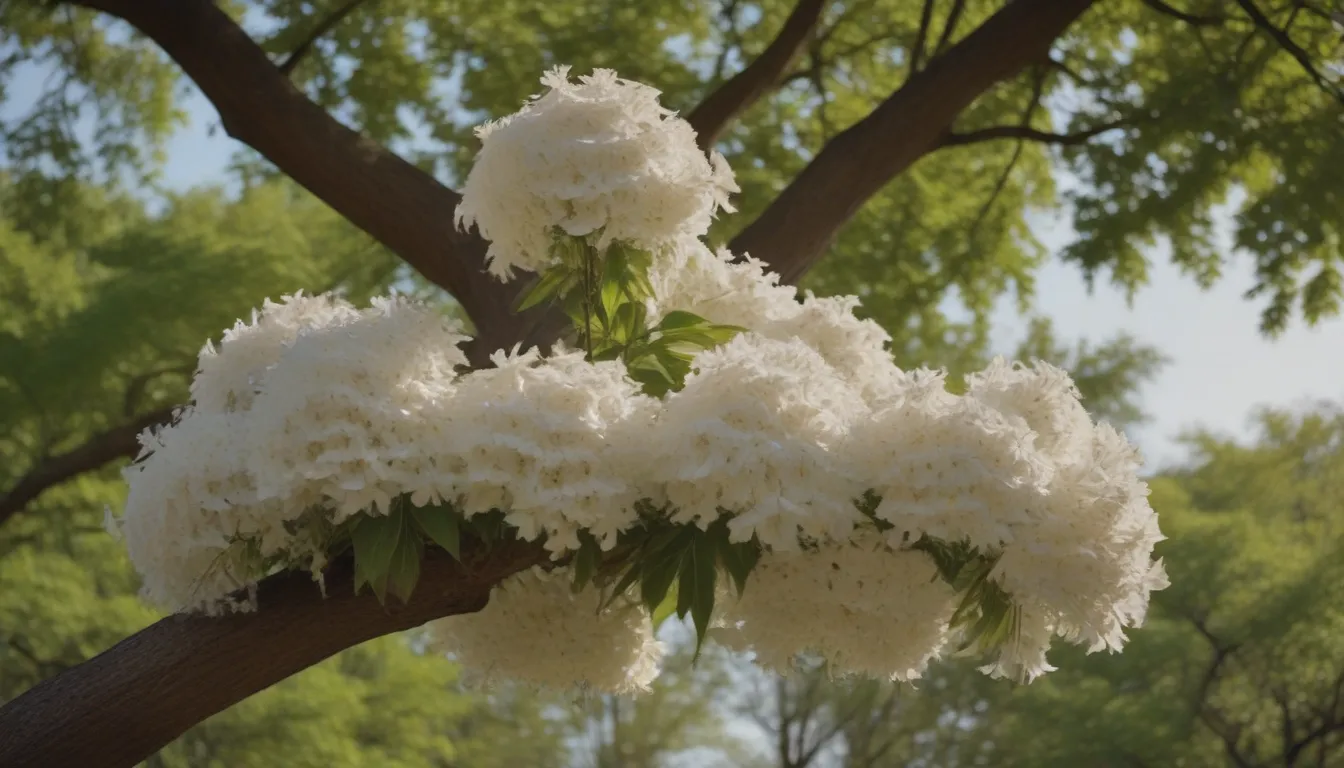
Are you considering planting a catalpa tree in your yard but aren’t sure where to start? Look no further! In this comprehensive guide, we’ll cover everything you need to know about growing and caring for catalpa trees to ensure they thrive and flourish in your outdoor space. From the different types of catalpa trees to propagation methods and common problems you may encounter, we’ve got you covered.
The Beauty of Catalpa Trees
The catalpa tree, also known as Catalpa spp., is a beloved tree known for its towering height, striking heart-shaped leaves, twisted branches, fragrant white blossoms, and long seed pods. While some may consider it a “weed tree” due to its rapid growth and tendency to pop up unexpectedly, many homeowners appreciate the grace and shade these trees provide in their landscapes.
Where to Find Catalpa Trees
Catalpa trees are native to a wide range of regions, including North America, the Caribbean, and East Asia. They’ve been cultivated in the United States since the early 1800s and are commonly found in parks and urban landscapes. You may even come across streets or neighborhoods named after these majestic trees, such as “Catalpa Terrace” or “Catalpa Circle.”
The Benefits of Catalpa Trees
Aside from their aesthetic appeal, catalpa trees offer a host of benefits for the environment. Their flowers attract bees, butterflies, and hummingbirds for pollination, while the catalpa sphinx moth relies on these trees as their sole host. With dense foliage and large leaves, catalpas provide excellent cover and shelter for a variety of songbirds and wildlife.
Types of Catalpa Trees
There are several species of catalpa trees, including:
- Northern Catalpa (Catalpa speciosa)
- Southern Catalpa (Catalpa bignonioides)
- Chinese Catalpa (Catalpa ovata)
- Haitian Catalpa (Catalpa longissima)
All of these species are commonly used as ornamental landscape trees and can be grown outside of their native areas.
Growing Conditions for Catalpa Trees
Catalpa trees are remarkably adaptable and can thrive in a variety of soil, moisture, and weather conditions. Here are some key factors to consider when growing and caring for catalpas:
Light
Catalpa trees do best with at least four hours of direct sunlight per day. Full sun is preferable for optimal growth.
Soil
Catalpas can tolerate a wide range of soil types, including acidic, alkaline, clay, sandy, and loam soils. Good drainage is important, but these trees can withstand both flooding and drought.
Water
Catalpa trees are tolerant of both drought and heavy rainfall. They are not susceptible to issues from extreme wet or dry weather conditions.
Temperature and Humidity
Native to warm, temperate zones, catalpa trees can thrive in USDA hardiness zones 4 to 8 (depending on the species). They can withstand cold winters and hot summers without issue.
Fertilizer
If your soil is moist and nutrient-rich, you may not need to fertilize your catalpa tree. In drier or less fertile soils, consider applying a standard 10-10-10 fertilizer a few weeks after planting to promote healthy growth.
Caring for Catalpa Trees
Once you’ve planted your catalpa tree, it’s essential to provide proper care to ensure its health and longevity. Here are some tips for caring for your catalpa tree:
Pruning
Regular pruning is crucial for young catalpa trees to promote stable growth and good form. Start pruning at one year for new trees, removing suckers and trimming large lower branches to encourage a straight, central trunk. Pruning is best done in early spring after blooming or late fall.
Propagation
Catalpas can be grown from soft root cuttings, branch cuttings, or seeds. While they grow quickly, it takes about five to seven years for catalpas to reach maturity and produce blossoms. Some varieties may begin flowering in the first two years.
How to Grow Catalpa from Seed
Catalpa trees are easily grown from seeds, which germinate quickly without special treatment. Plant the seeds in warm temperatures (60-70°F) on the surface of a light peaty soil mix. Seeds can be collected in fall, refrigerated, and planted in spring. Keep the seedlings moist, and they will germinate within 14-30 days.
Common Problems with Catalpa Trees
While catalpa trees are relatively low-maintenance, they may face some common problems, including:
- Seed Pods: The seed pods can be messy and slippery, so avoid planting catalpas near sidewalks or parking lots.
- Pests: The larva of the catalpa sphinx moth can defoliate the tree, but catalpa trees are generally resilient to pests.
- Diseases: Catalpa trees may be susceptible to powdery mildew, leaf spot, and twig blight, but these diseases can usually be managed with proper care.
Despite these challenges, catalpa trees are hardy and adaptable, making them a popular choice for landscapes.
In conclusion, catalpa trees are a beautiful addition to any yard, offering shade, beauty, and environmental benefits. By following the tips outlined in this guide, you can successfully grow and care for catalpas in your outdoor space. Whether you’re a seasoned gardener or a novice plant enthusiast, catalpa trees are a great choice for adding natural beauty to your landscape. Happy planting!
